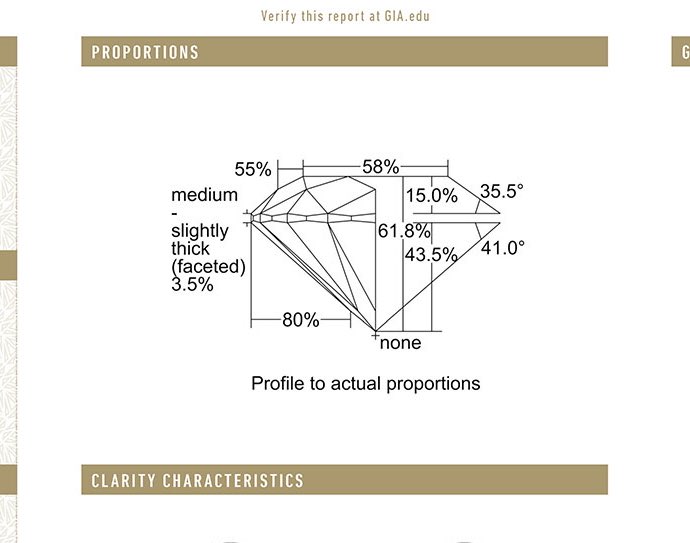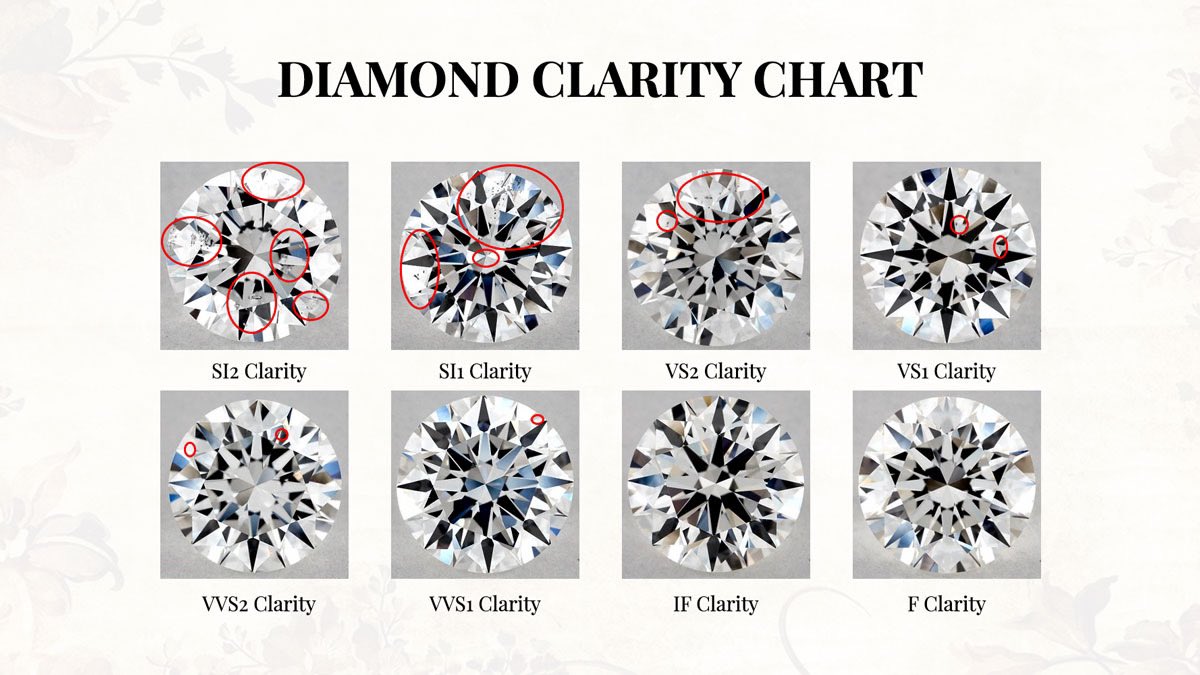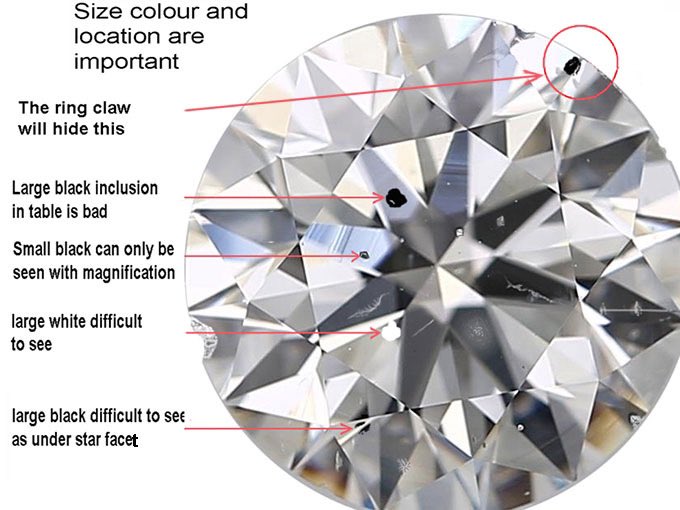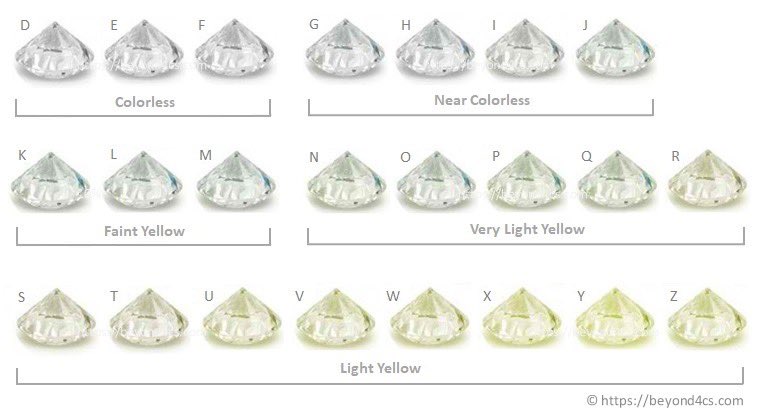Some tips for finding a  https://abs.twimg.com/emoji/v2/... draggable="false" alt="💍" title="Ring" aria-label="Emoji: Ring">
https://abs.twimg.com/emoji/v2/... draggable="false" alt="💍" title="Ring" aria-label="Emoji: Ring">  https://abs.twimg.com/emoji/v2/... draggable="false" alt="💎" title="Edelstein" aria-label="Emoji: Edelstein"> with my experience looking at diamonds over the last year+.
https://abs.twimg.com/emoji/v2/... draggable="false" alt="💎" title="Edelstein" aria-label="Emoji: Edelstein"> with my experience looking at diamonds over the last year+.
1) Only buy online
At first I thought buying in person at a trusted jeweler was the way to go. I even got direct introductions to jewelers and quickly realized you’ll pay a 20%+ premium. https://twitter.com/stammy/status/1381376507097051139">https://twitter.com/stammy/st...
1) Only buy online
At first I thought buying in person at a trusted jeweler was the way to go. I even got direct introductions to jewelers and quickly realized you’ll pay a 20%+ premium. https://twitter.com/stammy/status/1381376507097051139">https://twitter.com/stammy/st...
If you hear a jeweler describe pricing based on the “Rapaport Guide”, a glorified Kelly Blue Book for diamonds that in a physical book/binder.. run.
This guide is largely irrelevant these days and jewelers point to it as justification to charge more https://beyond4cs.com/faq/rapaport-report/">https://beyond4cs.com/faq/rapap...
This guide is largely irrelevant these days and jewelers point to it as justification to charge more https://beyond4cs.com/faq/rapaport-report/">https://beyond4cs.com/faq/rapap...
There’s a lot to worry about when considering buying a diamond online. I had all the concerns: what if they swap the stone and blame me, what if it gets stolen at my building, if fedex won’t cover the claim, what if I want to return it and it gets lost in the mail..
After having visited at least 10 small and large jewelers and gotten the same run around, I decided to only search online. I could describe the big players here but I went with @rarecarat (not an ad, i just love the site) after I saw this in the NYT: https://www.nytimes.com/2018/12/07/your-money/diamond-comparison-shopping.html">https://www.nytimes.com/2018/12/0...
RareCarat is like an aggregator of sorts. They don’t sell any diamonds, but they connect you to places listing the diamonds based on their GIA etc certificate numbers. And they have their own purchase guarantees to ease some of the nerves when buying online.
The way it works is that multiple jewelers may list the exact same diamond online but they don’t actually have the stone in person. It’s likely overseas somewhere at a wholesaler and they are just listing their price for it online - if you buy it, that jeweler will order it.
So you have multiple jewelers all competing to list the exact same diamond, so that’s one benefit. The other benefit is that they work with the wholesalers as much as possible to get ridiculously high-res 360 diamond videos. 40x mag compared to other sites only doing ~10x
(That’s also a problem.. I looked ~700 diamonds on RareCarat. When you’re given that much resolution in the preview.. you start getting really picky and it’s hard to know what it will look like in person and where you can compromise to get what you want.)
And finally RareCarat has their own gemologists you can chat with on their website to review stones, ask a million questions, the works. I even chatted with their founder for an hour one night on their site (but mostly giving UX feedback  https://abs.twimg.com/emoji/v2/... draggable="false" alt="😅" title="Lächelndes Gesicht mit offenem Mund und Angstschweiß" aria-label="Emoji: Lächelndes Gesicht mit offenem Mund und Angstschweiß">).
https://abs.twimg.com/emoji/v2/... draggable="false" alt="😅" title="Lächelndes Gesicht mit offenem Mund und Angstschweiß" aria-label="Emoji: Lächelndes Gesicht mit offenem Mund und Angstschweiß">).
2) Regardless of how or where you buy a diamond, always always get the GIA certificate number.
GIA is the strictest diamond grading lab (and then there’s Tiffany’s which claims to be more strict but very $$$ for that) and if it says a diamond is a certain rating, it is.
GIA is the strictest diamond grading lab (and then there’s Tiffany’s which claims to be more strict but very $$$ for that) and if it says a diamond is a certain rating, it is.
There are other natural diamond grading labs such as EGL but I’ve heard nothing but horror stories. You may think you’re getting a VS1 stone but end up with a significantly more included stone that GIA would have rated much worse
3) So how do you actually pick a stone? Depends what you want to optimize for (I’m guessing size). There are the 4C’s that everyone will tell you about (cut, color, clarity, carat).
IMO, don’t compromise too much on Cut or Color.
IMO, don’t compromise too much on Cut or Color.
You’ll hear people talk about a Triple Excellent diamond: that’s excellent cut, symmetry and polish. I had no idea about symmetry but how much a diamond sparkles also matters on the symmetry.. this is shown on GIA certs like so:
https://4cs.gia.edu/en-us/blog/triple-x-diamonds/">https://4cs.gia.edu/en-us/blo...
https://4cs.gia.edu/en-us/blog/triple-x-diamonds/">https://4cs.gia.edu/en-us/blo...
The next thing is Clarity. This is how clear the diamond is. There’s a wide range but the most common ranges you’ll hear are between VVS, VS and SI. Each of those also has their own 1 or 2 designation, with two being worse.
Here’s the game: find as large a stone as possible, with the least *visible* inclusions - visible can mean a lot. It can mean there’s a little inclusion but only at the very edge, perhaps hidden behind a prong, etc.
When I started looking I figured you just pick your 4Cs and all stones are generally clear, with some slight wiggle room in there..
Nah, you will come across tons of stones that have chunks of what looks like charcoal in there. Even in the VS range you might see some
Nah, you will come across tons of stones that have chunks of what looks like charcoal in there. Even in the VS range you might see some
There’s lots of types of inclusions, some you can get away with (pin points or little faint white things) and some you can’t (black chunks).. This is the hard part, searching until you find the least visible inclusions in the most massive GIA-rated stone you can find.
And finally we have color. This also massively changes the price. D, E, F stones are colorless and in my opinion it’s a bit silly to go for something that flawless, you may double the price and in real world conditions won’t notice the difference.
Try to find something in the Near Colorless range. For example, Tiffany’s does not carry anything beyond this range. In my experience, it’s pretty easy to start seeing yellow in a stone in person at I and J.
And finally, there is one small lever you can pull. Fluorescence. This one is tricky to describe as.. it just depends on the stone.
Fluorescence is bad if you have a colorless stone but light to med fluorescence is good for some near colorless (can make it appear less yellow)
Fluorescence is bad if you have a colorless stone but light to med fluorescence is good for some near colorless (can make it appear less yellow)
Here’s a good read on the topic https://4cs.gia.edu/en-us/blog/diamond-fluorescence-good-bad/
If">https://4cs.gia.edu/en-us/blo... too strong I think it can make the diamond look hazy, so your mileage may vary depending on the exact stone.
If">https://4cs.gia.edu/en-us/blo... too strong I think it can make the diamond look hazy, so your mileage may vary depending on the exact stone.
This is getting long so I should wrap up..
Once you find and order the stone, you’ll want insurance. I ended up getting a separate personal articles policy for the stone itself. They’ll want proof so when you buy the stone also get an inspection that estimates the value.
Once you find and order the stone, you’ll want insurance. I ended up getting a separate personal articles policy for the stone itself. They’ll want proof so when you buy the stone also get an inspection that estimates the value.
Buy a small jeweler’s loupe (10x-20x mag) and UV LED light so you can inspect the stone up close when it arrives to make sure you got what you ordered.
GIA diamonds also have the certificate number micro-laser inscribed on the diamond girdle
GIA diamonds also have the certificate number micro-laser inscribed on the diamond girdle
I think that’s it? It took me such a long time of searching to find what I wanted. If you can’t find what you want, wait a while as new diamond inventory will come and go.
There’s a lot more I could have gone into but I have to say this was 100x harder than I expected.
There’s a lot more I could have gone into but I have to say this was 100x harder than I expected.
One topic I didn’t cover is the style of cut (round, cushion, princess, pear, radiant, oval, emerald)..
Different cuts are more/less expensive & have other considerations:
- may be less sparkly
- may be easier to spot inclusions
- may appear smaller due to being bottom heavy
Different cuts are more/less expensive & have other considerations:
- may be less sparkly
- may be easier to spot inclusions
- may appear smaller due to being bottom heavy

 Read on Twitter
Read on Twitter






